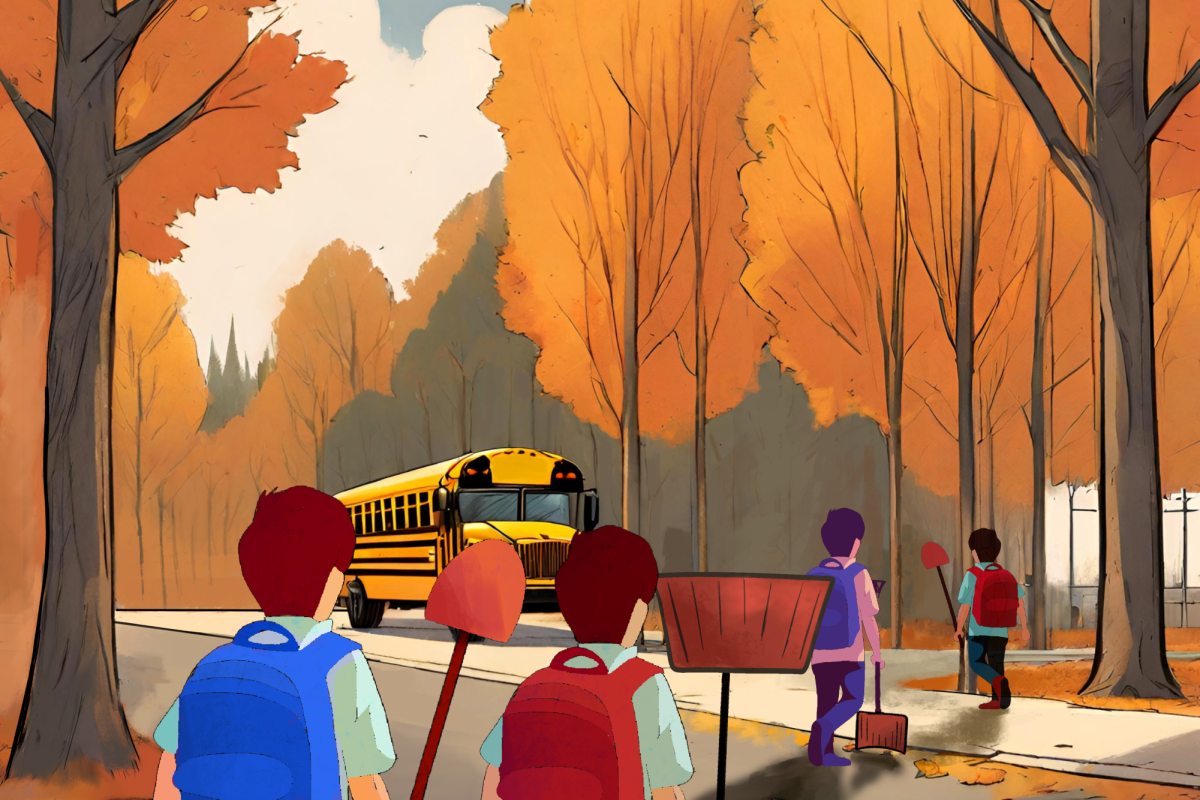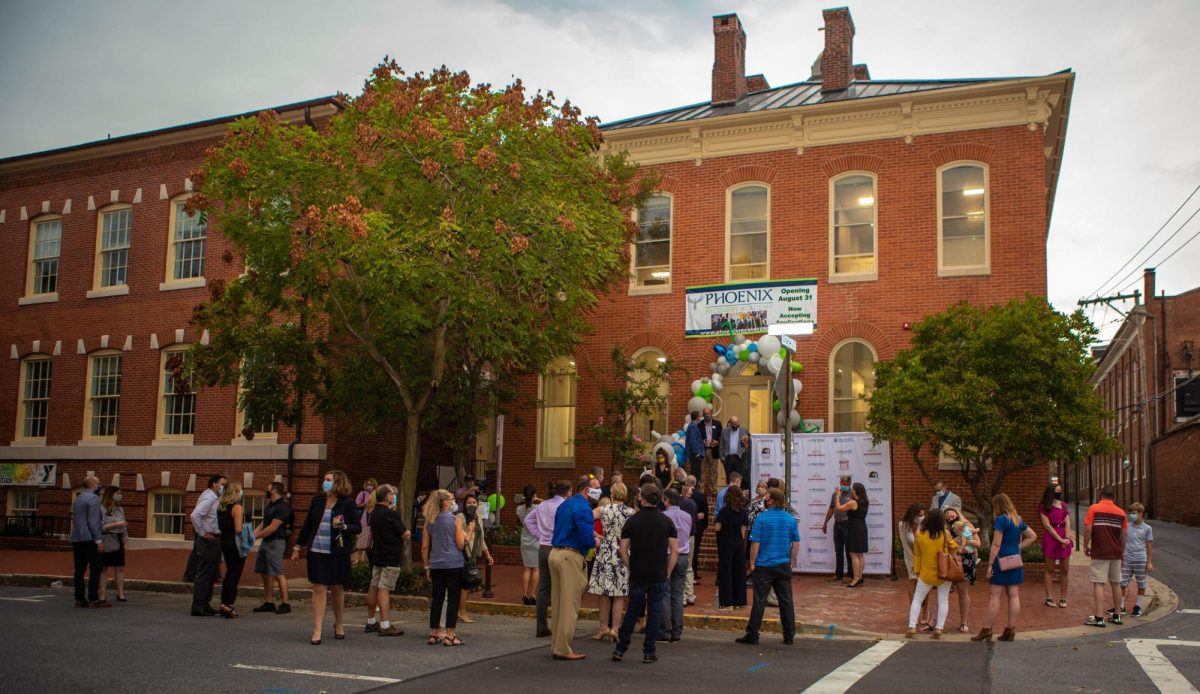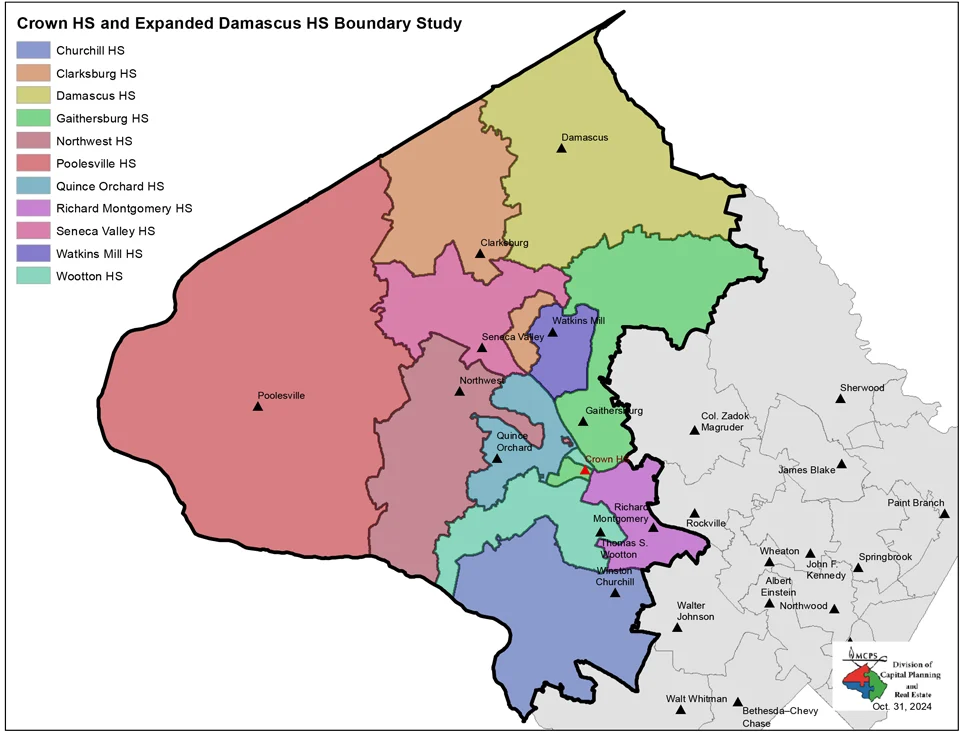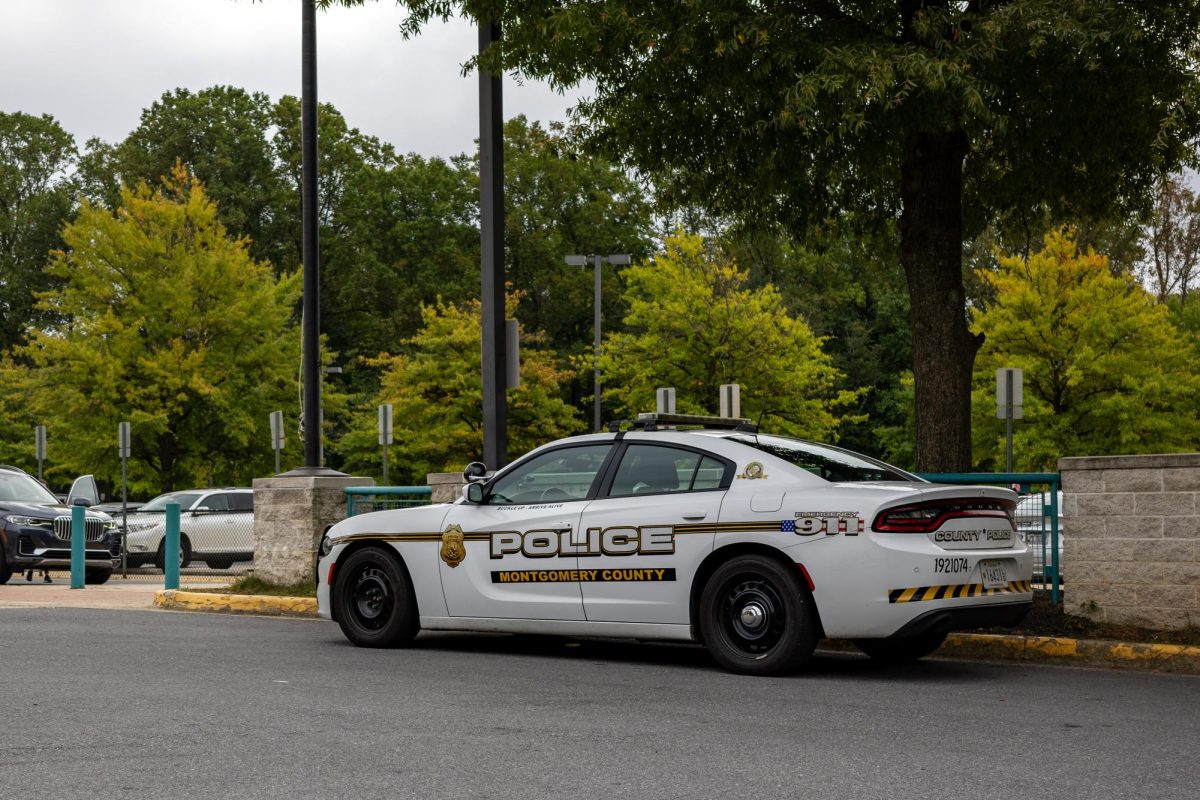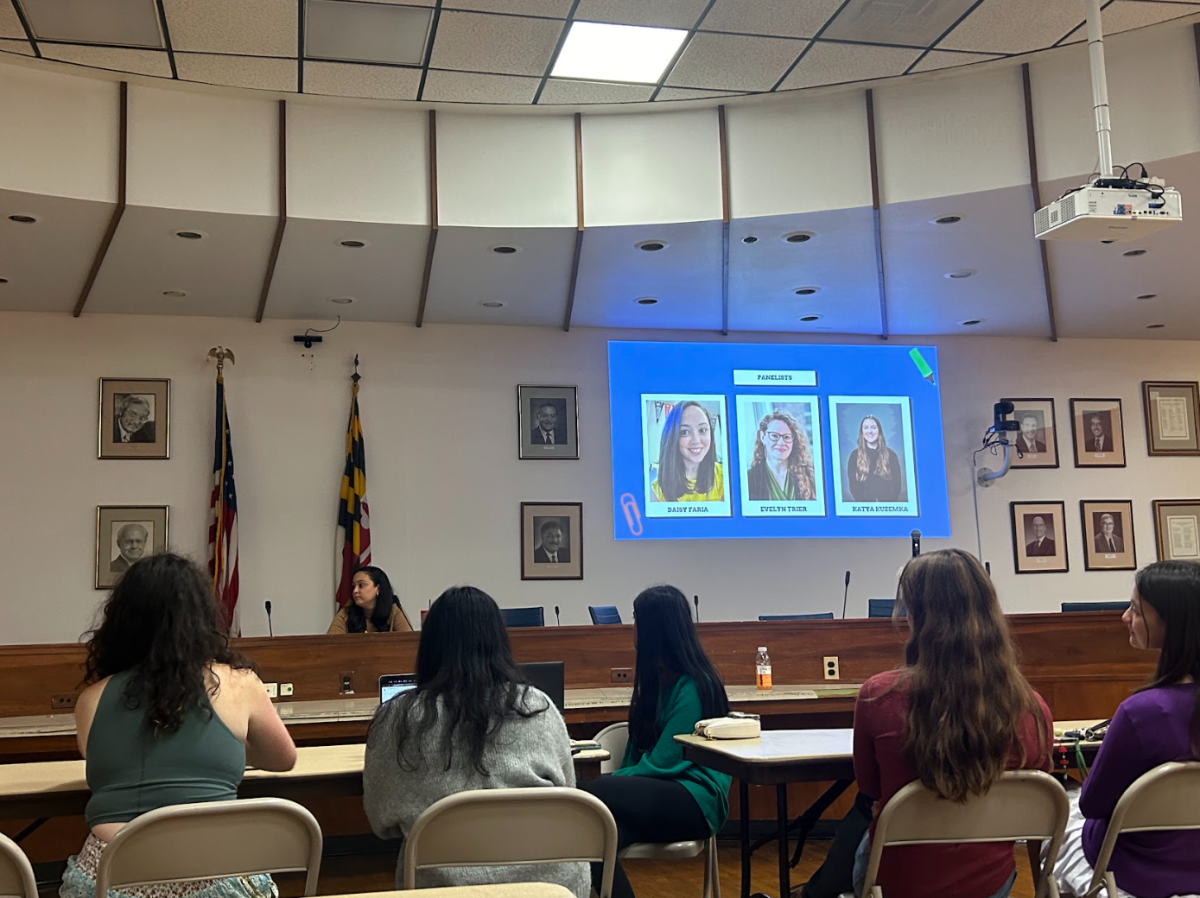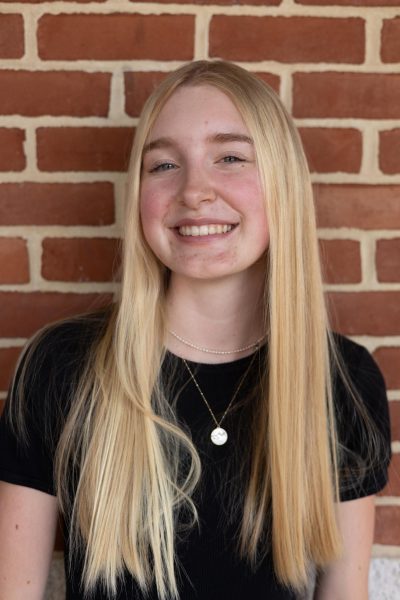In June 2023, senior Suzy Samayoa co-founded a nonprofit dedicated to environmental education and conservation efforts. While the organization began strongly after Samayoa and the co-founders met during an environmental conference, their work ceased much earlier than expected: half of the co-directors left for college. Even though Samayoa has continued fighting for the organization, her experience is quite common — 80% of school-created nonprofits fail within a year of their initial launches.
Nonprofits—groups organizing civic engagement and leadership without generating income—have fostered change on a variety of topics. With an increased trend for social activism, the number of nonprofits has grown at a steady rate of 1.4% annually over the past twenty years. However, numerous obstacles stand in the way of true success for these high school students, from employment to tax-exempt status.
One infamous obstacle for student nonprofits is obtaining 501(c)(3) status, which allows an organization recognized by the Internal Revenue Service to be excused from paying federal income tax. While any organization with 501(c)(3) status qualifies as a nonprofit, not all nonprofits qualify for the status. In reality, 35% of civic organizations do not receive the position, meaning the remaining portion has to pay federal income tax. Richard Montgomery junior and non-profit founder Oorja Munot received her status this past summer. Although achieving a 501(c)(3) ranking takes a long time, it’s an important stepping stone in achieving a nonprofit organization’s goal, Munot said.
Munot founded Equality Through Education (ETE) when she was 14 years old after learning about the educational injustices her father faced in India. Since then, she has testified before the MCPS Board of Education and held fundraisers, advocating for free worldwide access to AP and IB books.
Whitman senior Emily Dietz founded another youth-led initiative, Tejidos del Corazón, or “Stitches from the Heart,” in April 2023. Dietz created the campaign to provide essential kits, including diapers and baby clothes, for low-income families in the greater D.C. area. She has since won volunteering awards and recognition from the Spanish embassy. Dietz began filing for 501(c)(3) status but ultimately dropped the task in January 2024.
Despite the benefits of 501(c)(3) status, Dietz said that having a tax-exempt status isn’t worth the trouble of obtaining it, especially when the cause is more localized.
Another hurdle in organizing student nonprofits is motivating other teens to volunteer. Munot believes that advancing an organization’s mission statements or messages is the most challenging aspect of spreading involvement.
“I’ve put my heart and soul into creating projects, but there will still be cases where no one signs up for them, and you have to continuously innovate your approach,” Munot said. “Your cause may be good, but that doesn’t mean people are going to be especially interested in what you’re doing.”
Although Munot was able to appoint an executive board made up of friends for her nonprofit, Samayoa argues that recruitment becomes more complicated once a nonprofit goes beyond high school. Organizational employment is difficult all around, however; following the COVID-19 pandemic, staffing issues ensued among charitable organizations, and nearly 79% of nonprofits reported that salary competition decreased their ability to hire.
Alongside rampant inflation and salary competition, many nonprofits are strained by limited financial resources, leaving them unable to increase employee wages. While the Maryland government offers federal grants to organizations like ETE, they often include only a limited amount to support paid positions. For example, the Maryland Small Grants Program (MSGP) allows nonprofits to apply for a grant-operating program of up to $50,000 over two years; however, the amount falls short of covering competitive salaries.
Other laws that could aid nonprofits, like the IRS’s Employee Retention Tax Credit bill — which would have provided refundable tax credits to help employers cover wages during periods of hardship — are often repealed before providing organizations with genuine assistance.
While far-reaching bills can help support nonprofits, other small-scale efforts through social media can also allure traffic toward certain initiatives. According to a 2023 study, 43% of social media users were politically active on a platform in the past year. At the same time, 32% of Gen Z regularly engage in activism online, compared to 24% of millennials. As student nonprofit organizations increasingly rely on social media to engage their audiences, some wonder whether performativity overshadows genuine impact.
Watkins Mill junior Tracy Espinoza has presented policies to the Montgomery County government on housing inequality and rallied for sustainable initiatives as the head of numerous Montgomery County-based organizations. She argues that social media is vital in providing students with charitable opportunities. After impulsively scrolling on social media, Espinoza found the opportunity that kickstarted her work in activism.
“I ran across an internship page on Instagram, and I had never really seen an opportunity offered to Montgomery County youth,” Espinoza said. “We did lobbying and marches, and it was my first time being involved with something at such a large scale.”
Beyond the difficulty of forming successful charitable organizations, the reasons behind their creation may be performance-driven, said Whitman resource counselor Anne Fletcher. According to CollegeBoard, students face increasingly competitive college acceptance rates as universities see a surge in applicant pools. To offset this burden, many high schoolers are taking advantage of nonprofit creation to boost their appeal to universities.
In a survey of college admissions officers, 58% of respondents said that community service positively impacted a student’s chance of acceptance. Fletcher, who used to work at Albert Einstein High School, explains that the rise in high-performing extracurriculars and community service in Montgomery County is often due to an attempt to improve college admission chances.
At the same time, she points out that the widespread push for students to expand their extracurricular activities may harm their chances of getting into a top university.
“I speak with parents of eighth graders moving Bethesda because they feel like their chances are better for college,” Fletcher said. “But, I would often say their chances may actually be better where they are because they wouldn’t be judged against a ton of students applying.”
Espinoza said that college admissions can see through performative change, especially when numbers and statistics seem to outweigh the genuine effect of the organization’s demonstrated change.
While some organizations may provide examples of student-led programs unsuitable for the long run, many, including ETE and Tejidos del Corazón, defy the odds.
To combat the rise of performative nonprofits, Samayoa recommends that as leaders move into college, they pass authority down to younger students to continue the organization’s goals. In today’s competitive high school environment, Espinoza argues that starting a nonprofit is always a great way to begin advocating, whether for college applications or real community impact.
“At the end of the day, we have to become the change makers we’ve been looking for,” Espinoza said. “So don’t be afraid to get loud. It’s okay to get dirty. It’s okay to mess up. You just have to start.”



